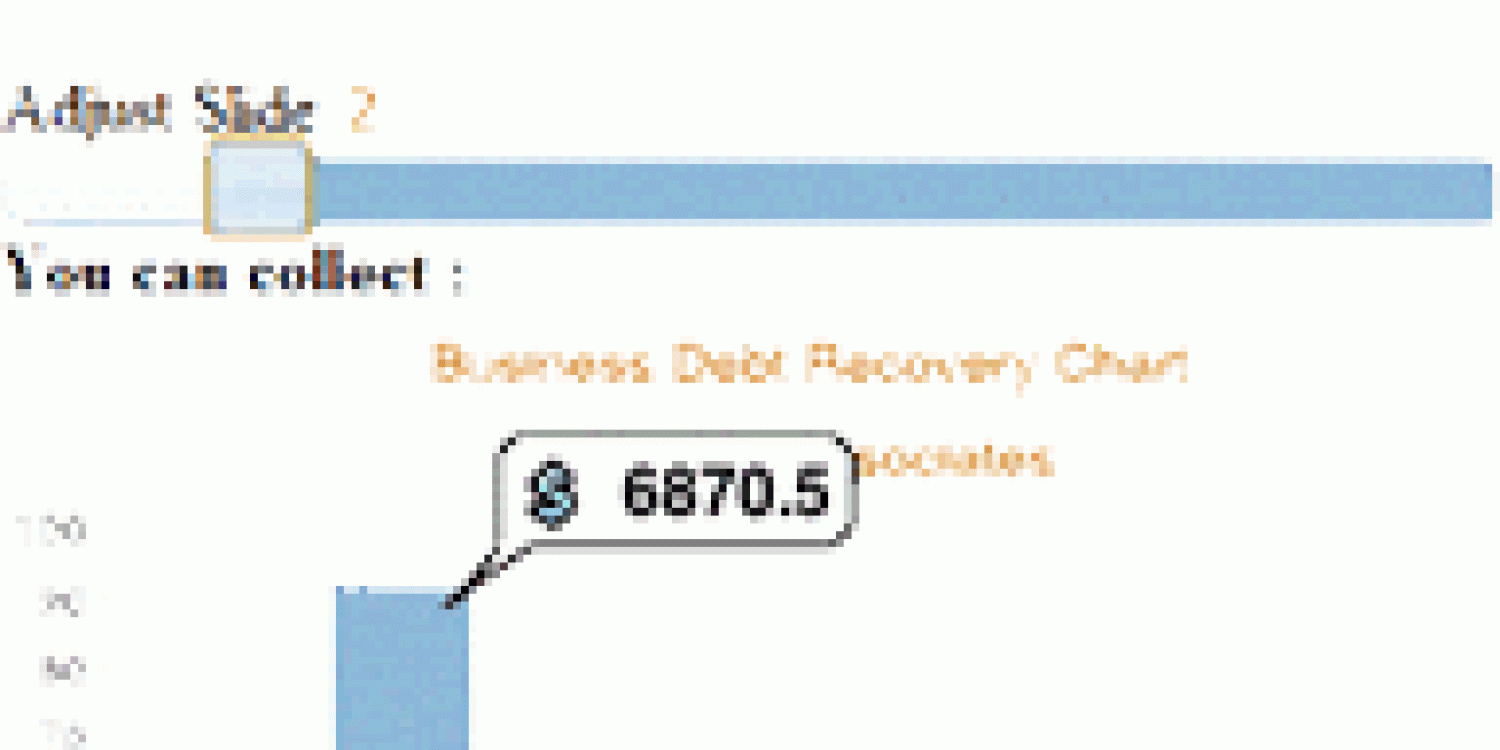The Accounts Receivable Aging Schedule is a useful tool for analyzing the aging of your accounts receivable. Analyzing the schedule allows you to spot problems in accounts receivable early, protecting your business from major cash-flow problems.
The aging schedule can be used to identify the customers that are extending beyond your collection terms. If the bulk of the overdue amount in receivables is attributable to one customer, then steps can be taken to see that this customer’s account is collected promptly. If overdue amounts stem from a number of customers, your business needs to tighten its credit policy toward new and existing customers.
The A/R Aging Schedule also identifies any recent changes in the accounts making up your total accounts receivable balance. If the makeup of your accounts receivable changes (compared to the previous month) you should be able to spot the change instantly.
Is the change the result of a change in your credit policy, or caused by some sort of billing problem? What effect will this change in accounts receivable have on next month’s cash inflows? The accounts receivable aging schedule can help you spot these problems in accounts receivable and provide the necessary answers early enough to protect your business from cash-flow problems.
Commercial Collection Topics
- Accounting Rule #48 Describes what Accounting Rule 48 is and how to comply....
- Accounts Receivables Aging Schedule The Accounts Receivable Aging Schedule is a useful tool for analyzing the aging of your accounts receivable. Analyzing the schedule...
- Accounts Receivables Inflated by Customer Deductions How unmanaged customer deductions can inflate accounts receivable....
- Buying Assets From a Distressed Company Describes many potential problems when buying assets of a distress company, whether in or outside of bankruptcy. ...









